From school to the workplace, welcome to the campus offices! The perspective of Adrien Pouillot, Strategic Planner at Factory.
February 21, 2024
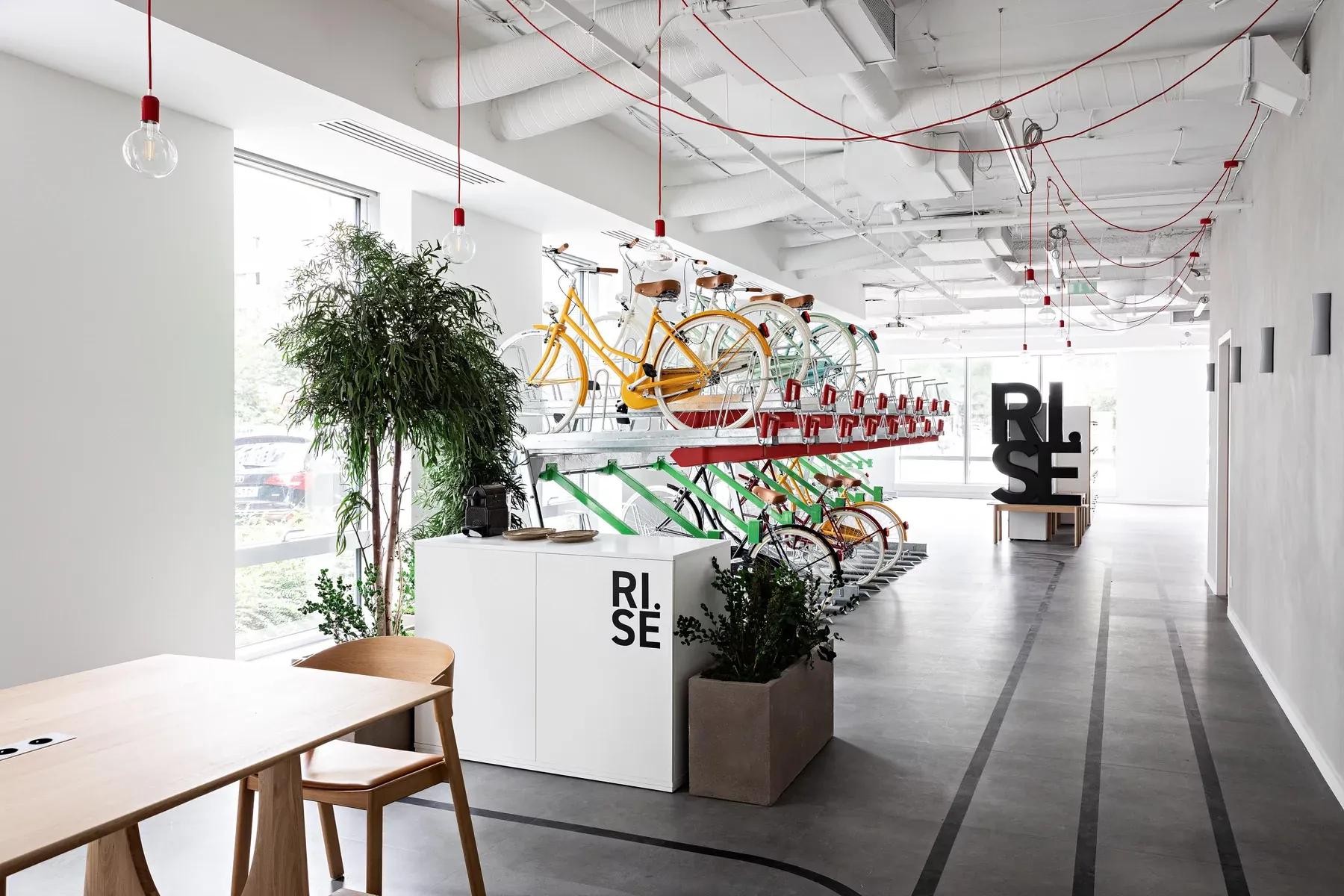
From school to the workplace, welcome to the office-campus!
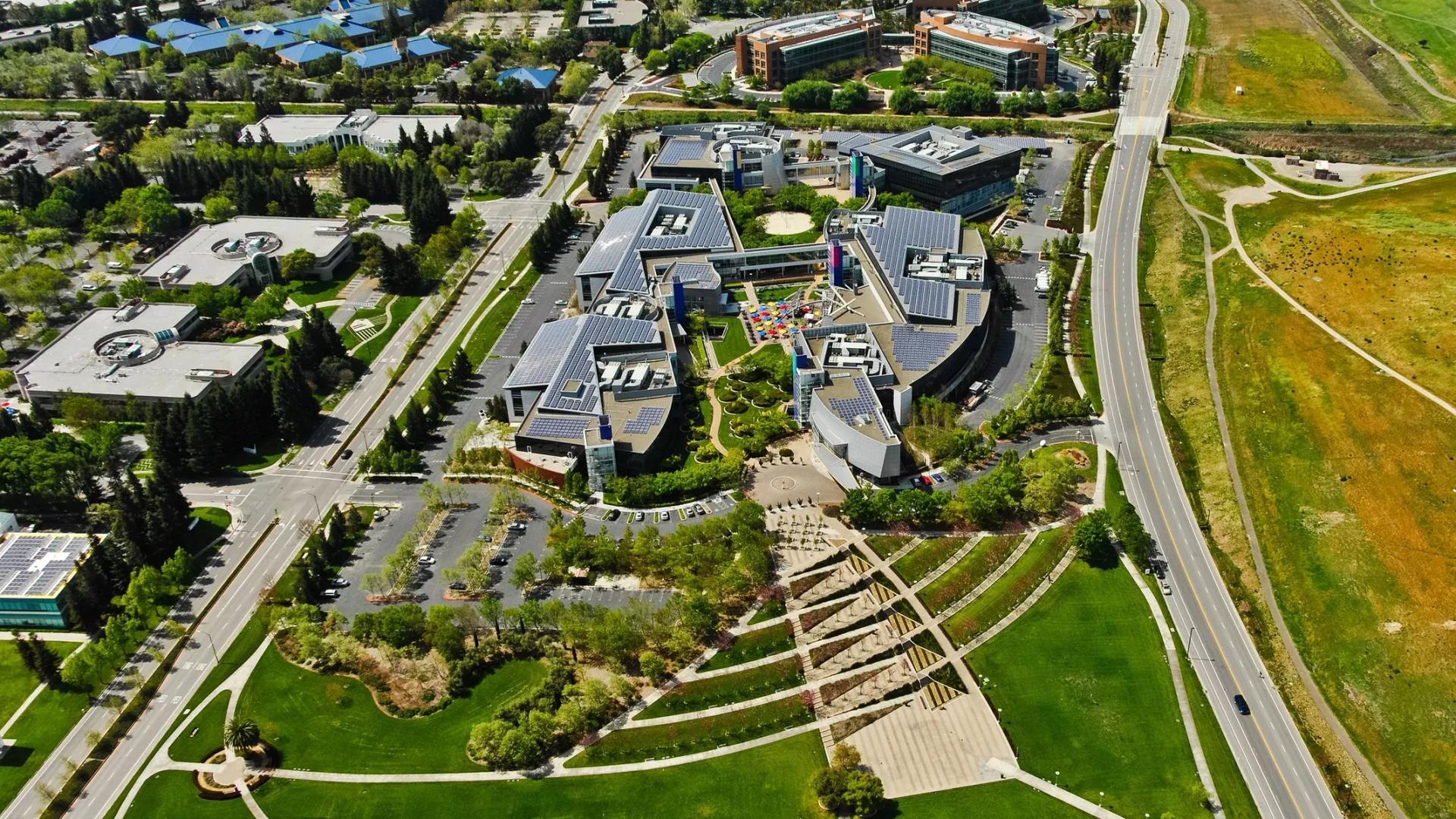
Photo : Aerial by Proehl Studios
If I tell you: space to work, meet, conduct research, a library, a restaurant, spaces for sports – what do you see? Your offices? No! It's the definition of a university campus.
Spaces that are now strongly present in corporate offices and/or office complexes: the office-campus. Indeed, in a time when the world of work is rapidly evolving, office-campuses emerge as an alternative to traditional workspaces. This resurgence comes at a moment when the traditional role of offices in the lives of employees and the functioning of companies is being questioned. It aligns with a constant search for solutions to enhance employee well-being, foster creativity, and continue to evolve both the company and its workforce.
In the latest Great Place To Work report (2023), the factors that enhance employee retention are highlighted: meaningful work, work that one is proud of, and a pleasant, even fun, working environment. (1) This raises significant questions for decision-makers: How to design workspaces that foster creativity while preserving the work-life balance of employees? How to rethink the work environment to align with the new expectations of employees? Which spaces to choose to transform my offices into innovative and learning environments?
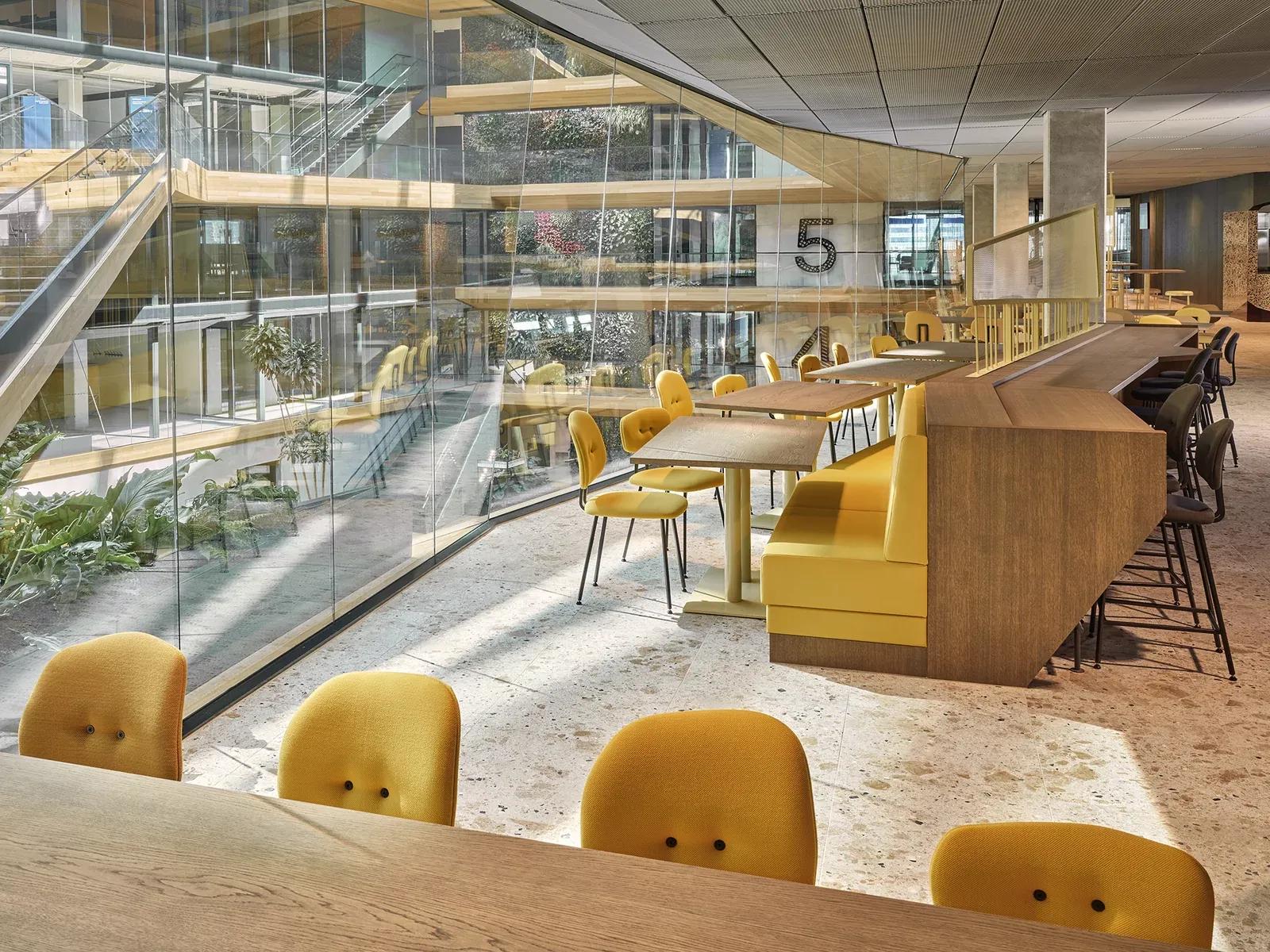
Photo : Maarten Willemstein
The ingredients that turn an office-campus into an asset for your future spaces.
Indeed, office-campuses represent much more than just a workspace: they embody a philosophy that merges the professional and personal aspects of daily life. These spaces stand out with their design open to nature, incorporating work and relaxation areas, and even sports or cultural facilities! Emphasizing flexibility, they also aim to create an environment conducive to collaboration and innovation while providing employees with tools for continuous development throughout their careers.
Office-campuses strengthen team cohesion, facilitate innovation, and enhance talent retention. By reimagining the work environment, companies can attract diverse profiles and anticipate future recruitment needs: the name 'office-campus' is not chosen arbitrarily.
They draw inspiration from the best universities to create the dream spaces for future new employees, aligning with the latest trends from hospitality or third places like Yale University or Fuzhou University in China. Interestingly, students and young talents have similar expectations for both universities and offices, as cited by The Conversation: 'For students, campuses and offices must become places for living and socializing.' (8)
The favorite spaces for French employees are the coffee corner, green spaces, and social areas. Workspaces like pods, meeting rooms, or areas dedicated to creativity rank lower in preference (Actineo, 2023). These spaces play a central role in the design of office-campuses.
Some inspiring examples:
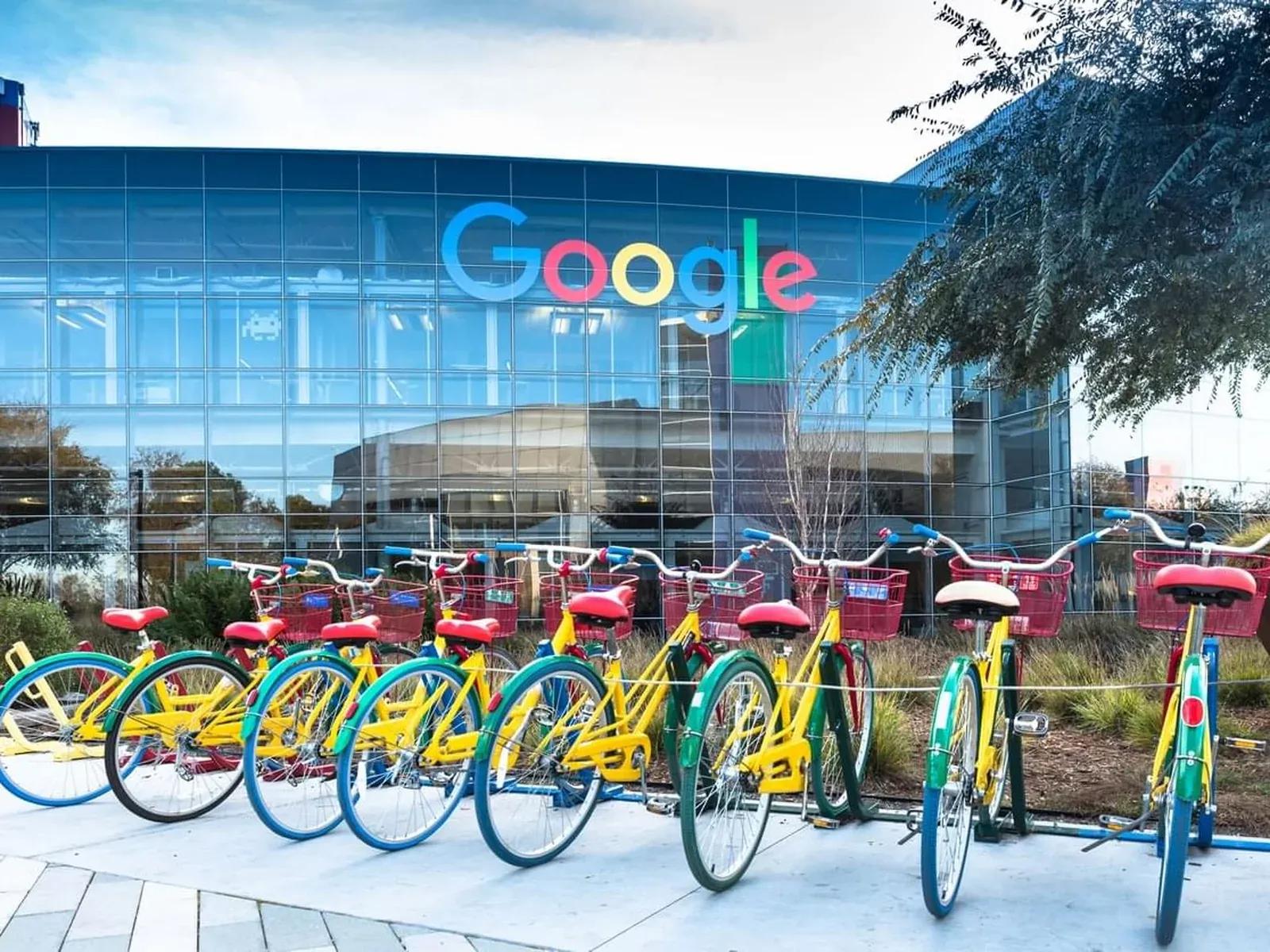
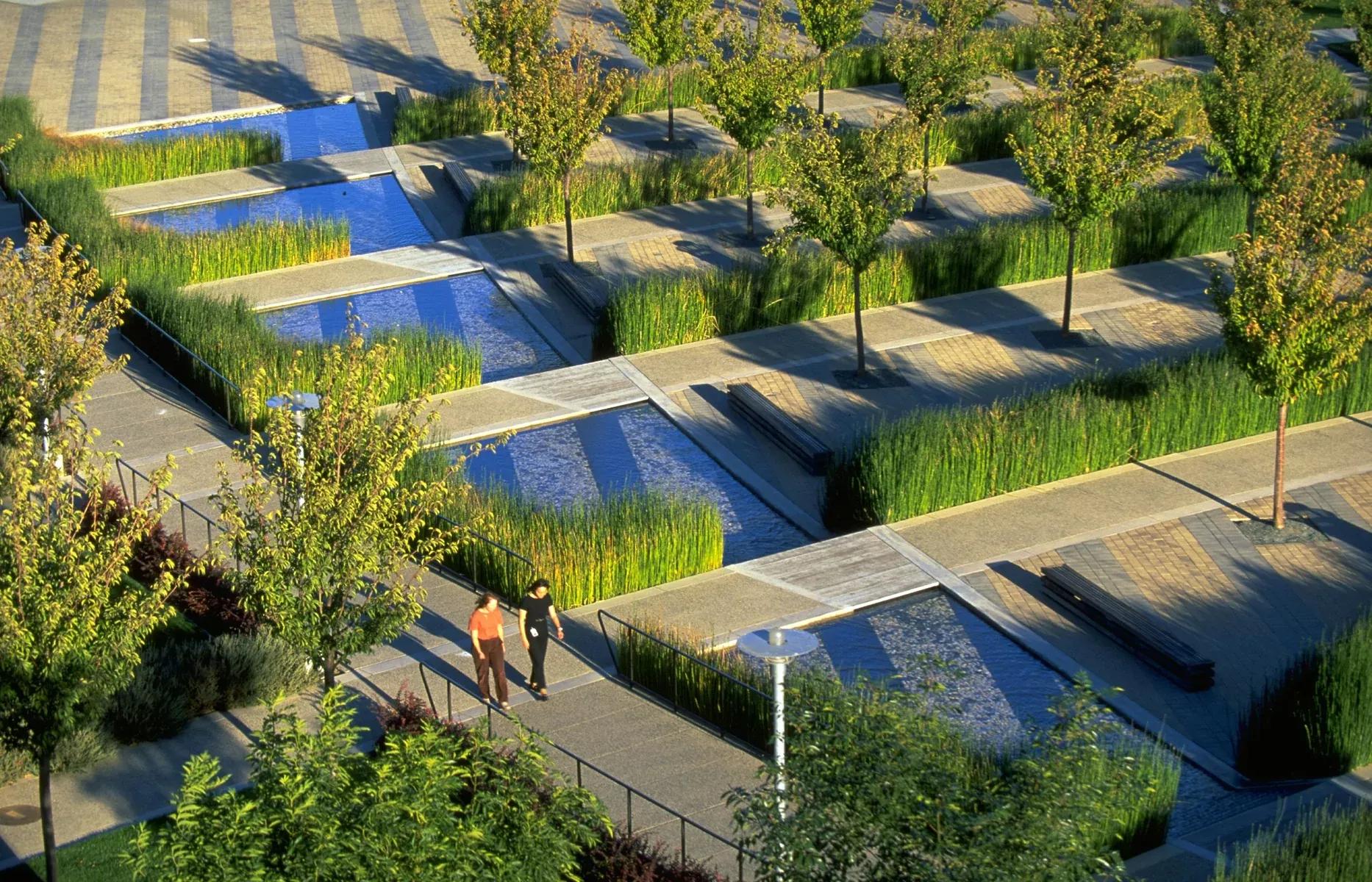
Photos : ZDNet.com and Tom Fox/SWA Group
The most iconic example of office-campus is the Googleplex.
100,000 square meters of offices, surrounded by nature, 'The grass is mowed only once a year, and animals have complete freedom to roam, while local plants are free to grow.' With all the spaces to turn these offices into a true innovation hub: The ground floor houses cafeteria spaces, meeting rooms, and individual booths. The entire layout follows a color code for easy navigation by zone (named after elements of nature in one building, animals in another), space function (gray for laboratories, black for restrooms, blue for elevators...), and a street order for easier orientation.
The rooms are then named in alphabetical order from North to South. _(2)_ In more detail, in these office-campuses, employees enjoy a more relaxed and inclusive atmosphere, fostering the exchange of ideas and creativity.
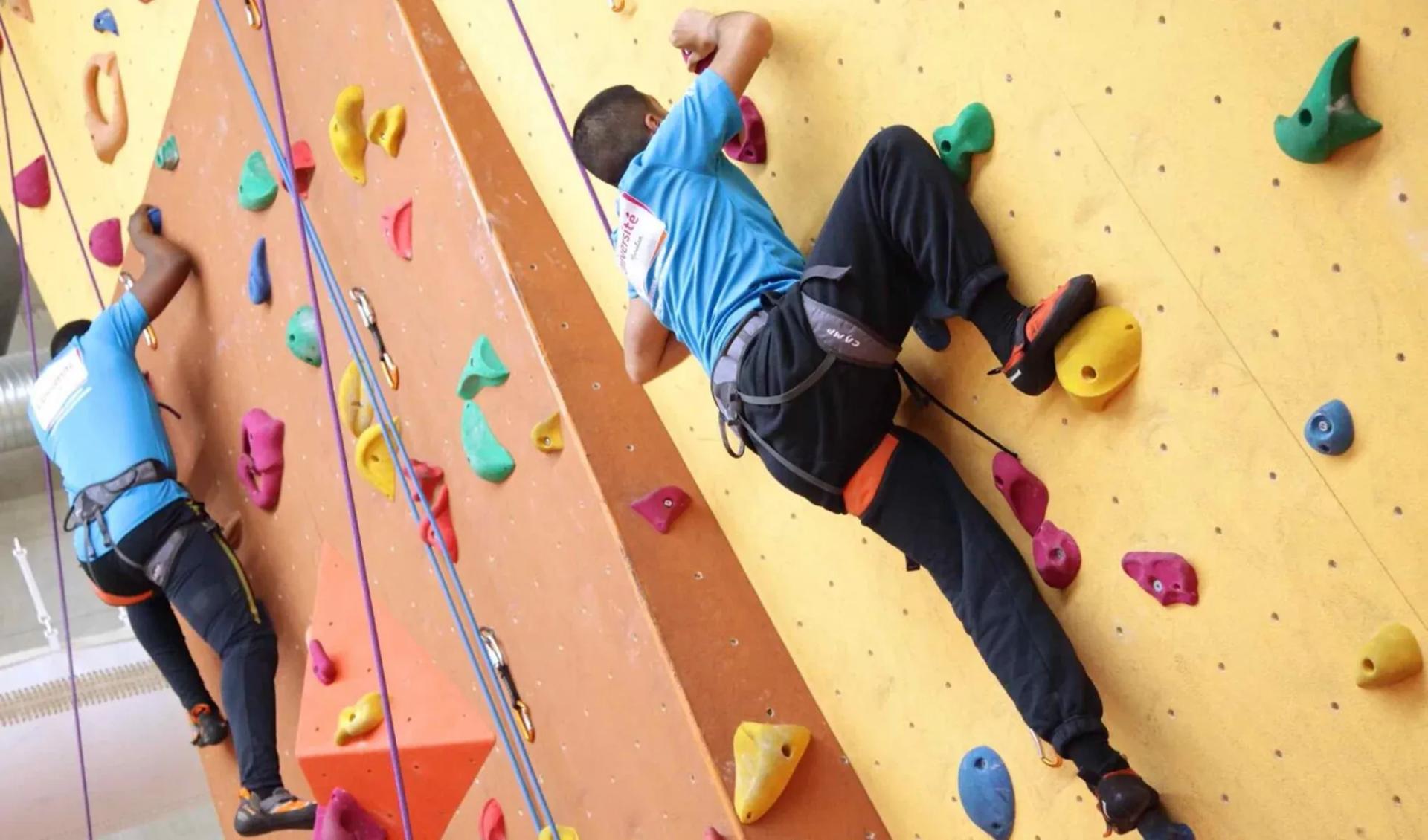
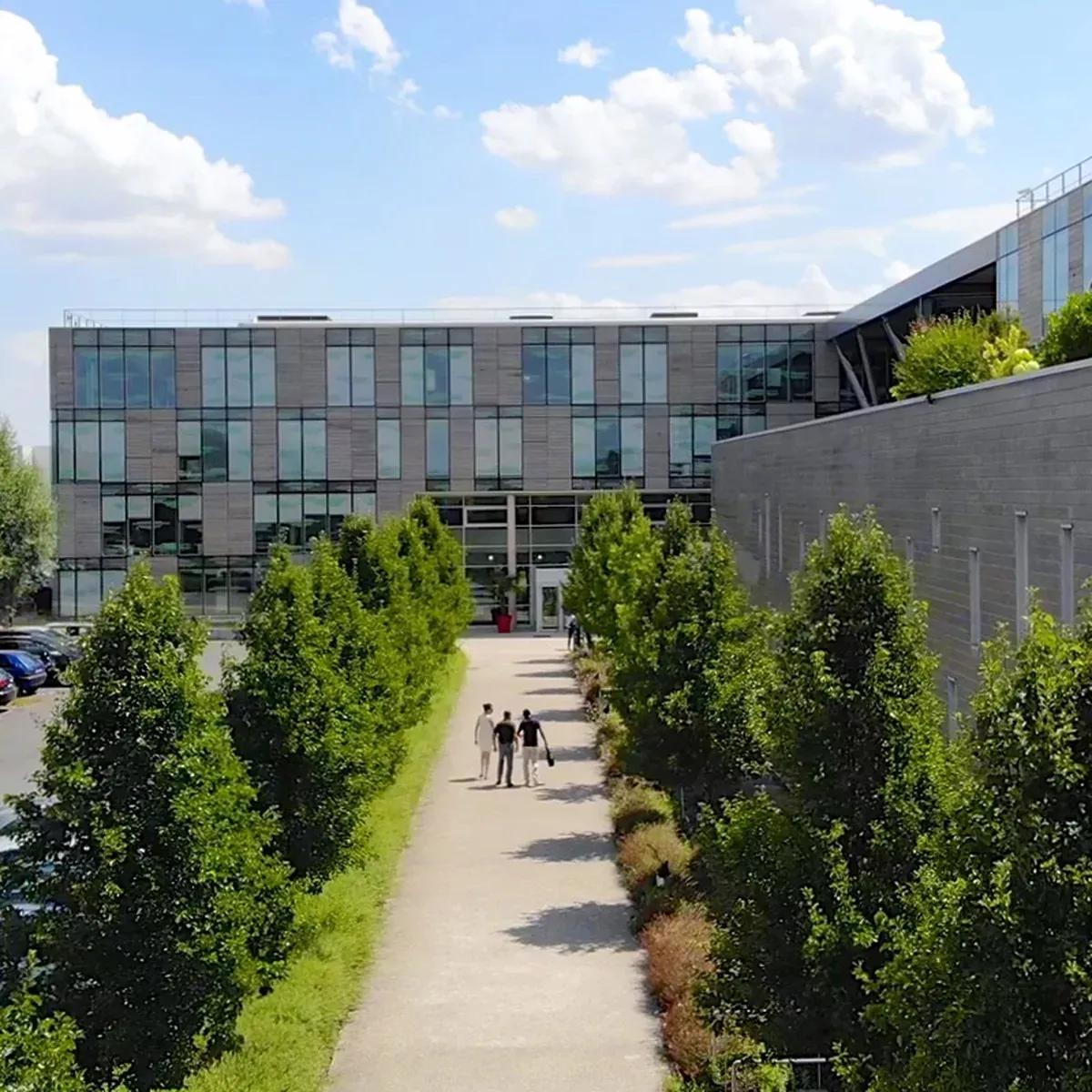
Photos : Manutan
The office-campuses thus encourage a healthy balance between professional and personal life, featuring recreational facilities and relaxation spaces.
The benefits in terms of mental health and productivity are increasingly highlighted. Mentioned in an article by My Happy Job (2022), the campus office of Manutan is an excellent example: in the offices on this corporate campus, employees have access to a sports center, fitness rooms, multi-sports areas, climbing facilities, and two squash courts on the ground floor of the training center.
A third building also houses a media library where employees can borrow documents, creating a downtown-like atmosphere. The company restaurant, organized by Manutan for its 700 employees, 'without subcontractors, emphasizes local supply chains and producers from Val d'Oise, offering 80% organic options.' (3)
Let's not forget that office-campuses also have a significant impact on the geographical environment in which they operate.
By choosing strategic locations close to city centers, they contribute to economic development and encourage local commerce and community life. These new economic hubs are supported by investments in the development of new surrounding housing. (4)
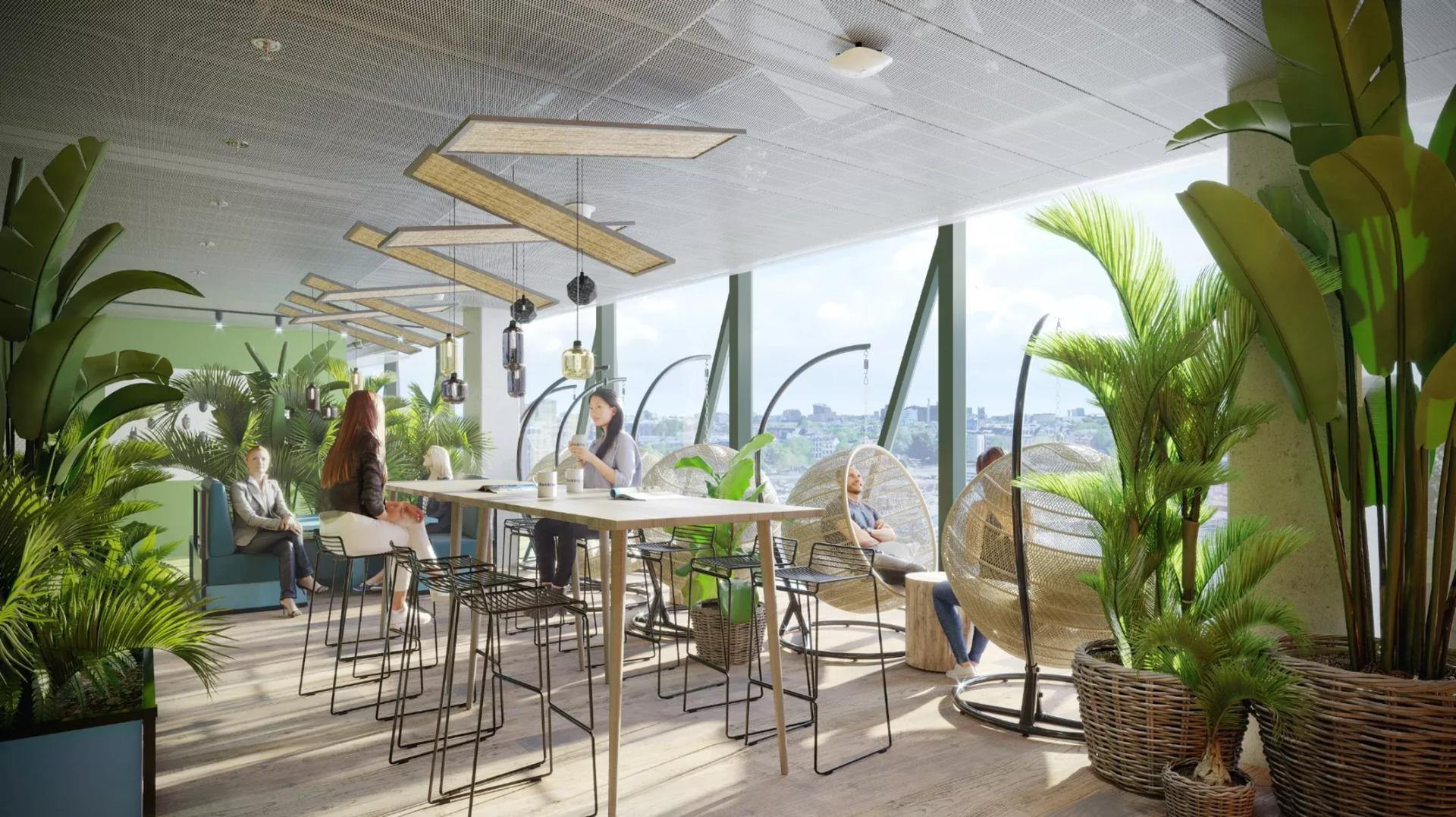
"Booking has played the card of diversity and travel for its new campus in Amsterdam."
While office-campuses may not be the physical solution for everyone—since not all companies require several thousand square meters—their design and flexibility offer interesting insights for the future of workspaces: adaptability and customization, consideration of the balance between work, personal life, and an empowering professional environment.
Booking has played the diversity and travel card for its new campus in Amsterdam. Beyond the escapade, the focus has been on satisfying employees' needs from their arrival to the end of their workday, not forgetting break times.(5)
Office-campuses can also be a better economic investment for companies: lower rents outside of Paris or La Défense.
The future will likely be written in regions, acknowledging the structural loss of attractiveness of the capital. This is already evident in population and employment flows generally unfavorable to the capital, along with significant strategic moves by client companies in major metropolitan areas. Finally, the future of office real estate will also involve renovation or conversion projects: repositioning (coworking spaces...) or other uses (housing, coliving...)." (9)
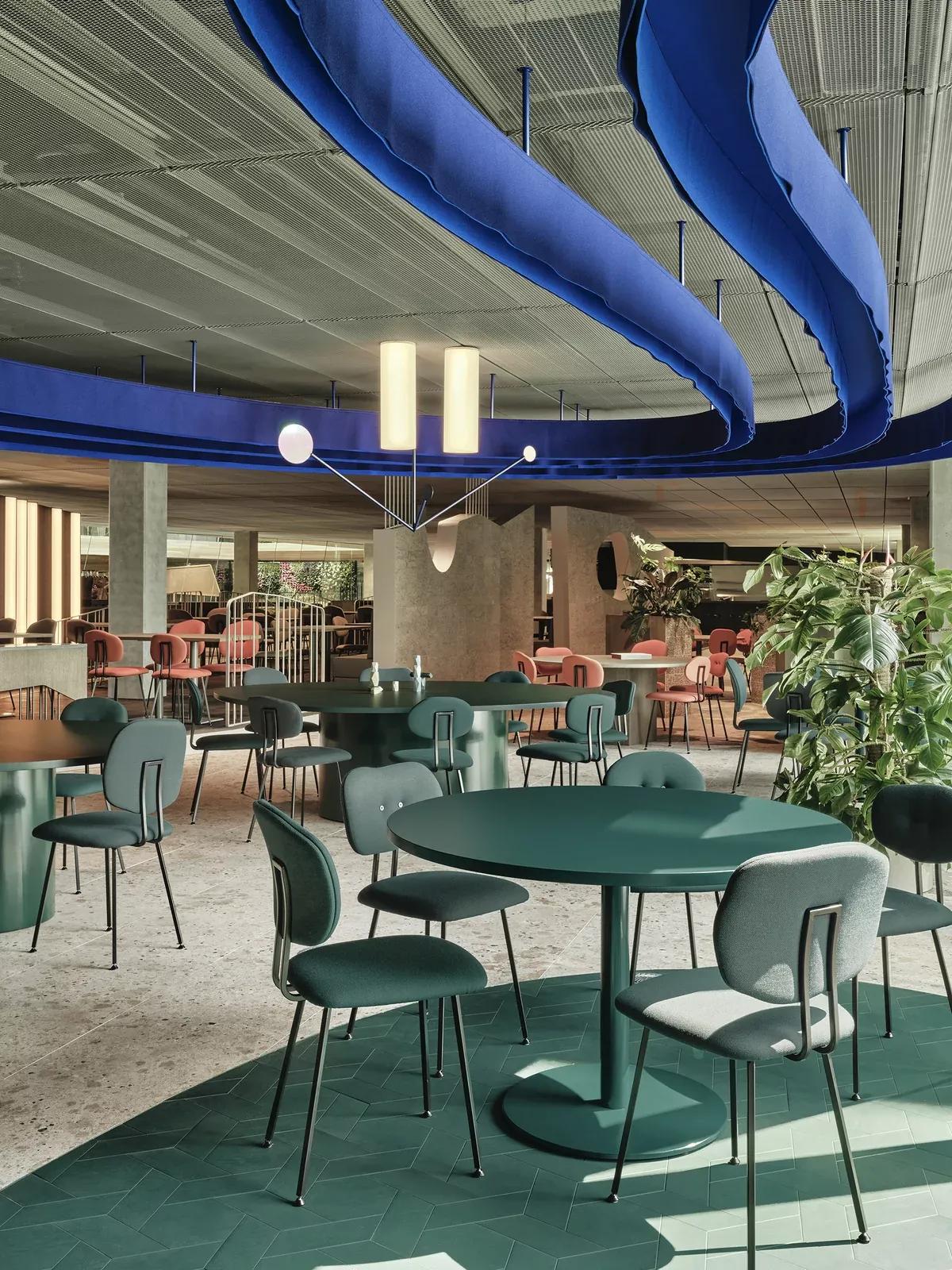
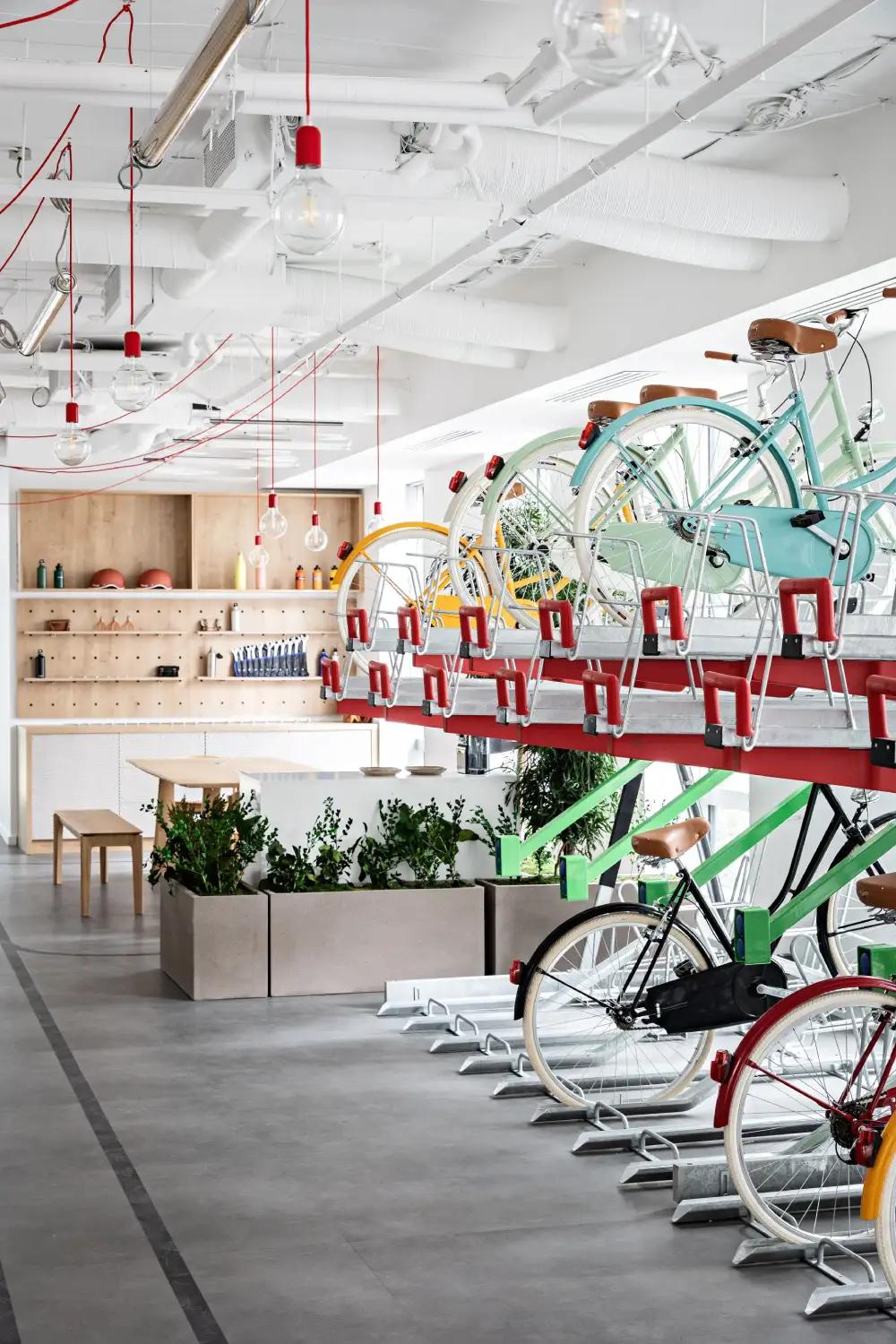
And what if you switched to the office-campus?
Even if you don't want to move far from the towers, drawing inspiration from office-campuses is a great solution to envision your future spaces! The resurgence of these concepts in discussions provides an opportunity to rethink the relationship between space and profession, shaping the future of offices towards a more flexible, inclusive approach, tailored to the changing needs of employees and future talents in a market with intense competition for recruiting the best.
However, caution is needed not to make office-campuses the alpha and omega of employees' daily lives. Living too much at the workplace affects the balance between professional and personal life, with difficulties already reported by 52% of female executives compared to 41% of men (Apec, 2023).
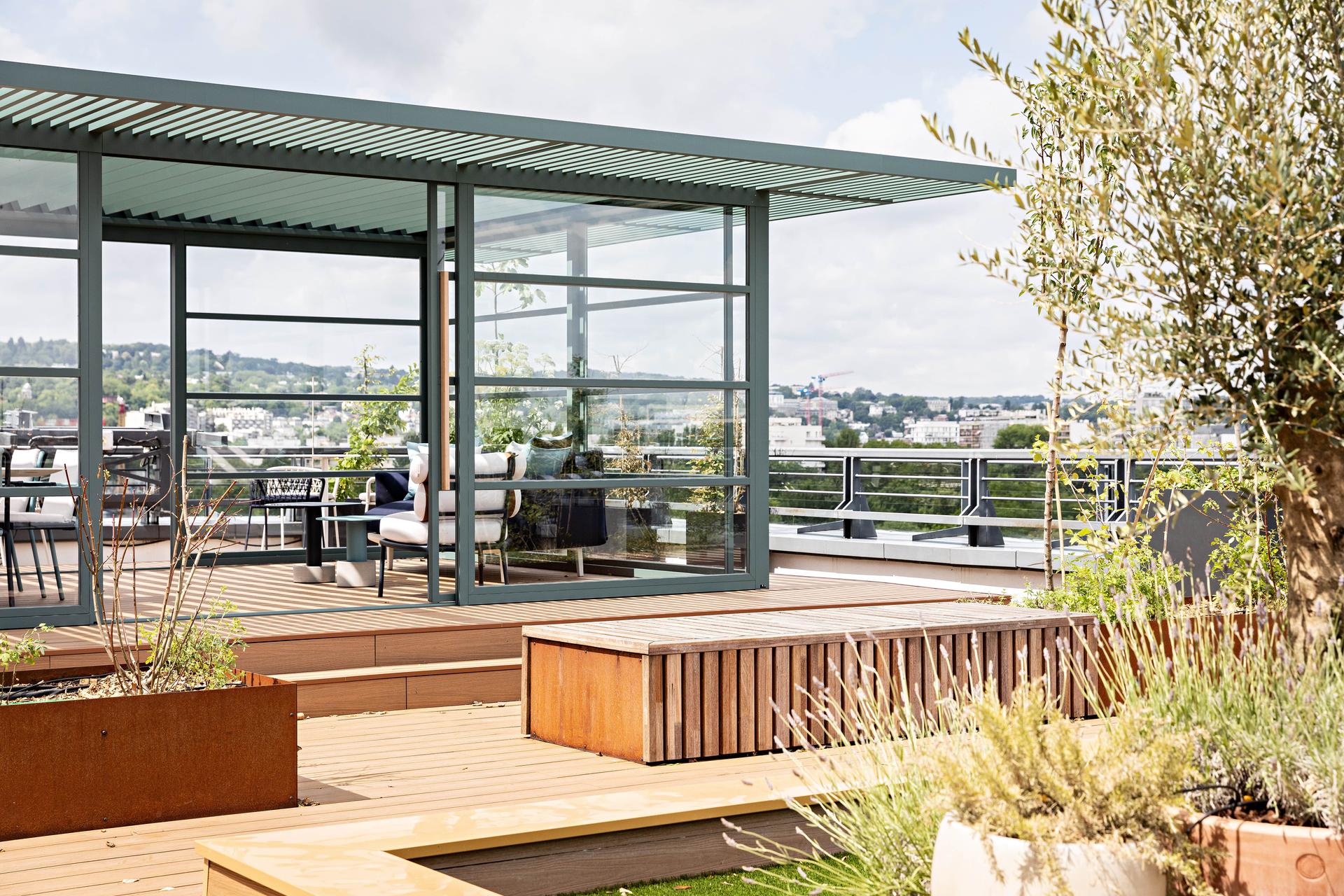
Photo : Yann Deret
- (1) : https://www.greatplacetowork.com/resources/reports/employee-retention-strategies
- (2) : https://www.bfmtv.com/tech/google/on-a-visite-le-nouveau-campus-de-google-a-mountain-view_AV-202305150386.html
- (3) : https://www.myhappyjob.fr/bureaux-le-boom-des-campus-dentreprises/
- (4) : https://immobilier.lefigaro.fr/article/decouvrez-les-soho-ces-bureaux-directement-relies-a-des-logements_5bc898d6-a9b2-11eb-aa69-bb581e95d794/
- (5) : https://workplacemagazine.fr/dans-le-bureaux-de/22673/voyage-en-terre-hollandaise
- (6) : https://www.xerfi.com/presentationetude/enquete-sur-les-nouvelles-tendances-de-l-immobilier-de-bureaux_BAT67
- (7) : https://rh.newstank.fr/article/view/281091/conciliation-vie-pro-vie-perso-difficultes-52-femmes-cadres-vs-41-hommes.html
- (8) : https://theconversation.com/pour-les-etudiants-les-campus-et-les-bureaux-doivent-devenir-des-lieux-de-vie-et-de-rencontres-199125
- (9) : https://workplacemagazine.fr/immobilier/22885/l-immobilier-de-bureaux-a-l-heure-de-la-decro
Share the article
More news
see all
ProspectsNovember 19, 2024
From logo-brand to experience-brand: how branding challenges shape workspaces?

ProspectsOctober 16, 2024
From the Incognito Office to the Manifesto Office: when the workspace embodies company culture!

InterviewsOctober 5, 2024
What if you considered the overall employee experience in your offices?

ProspectsSeptember 23, 2024
From vacuum office to incubator office: How to redefine employees' relationship with their company?